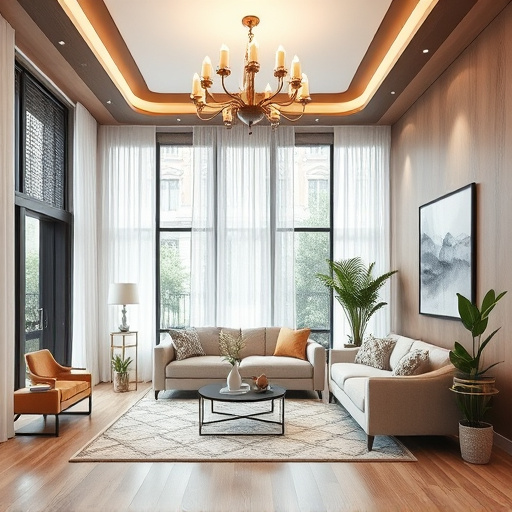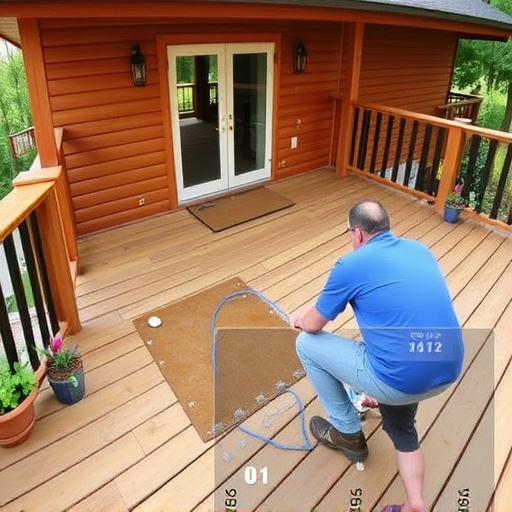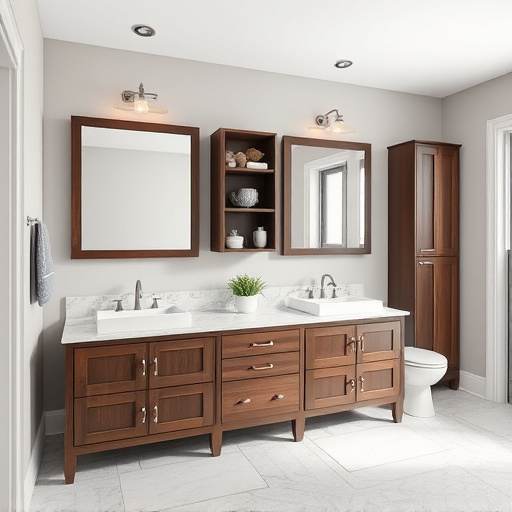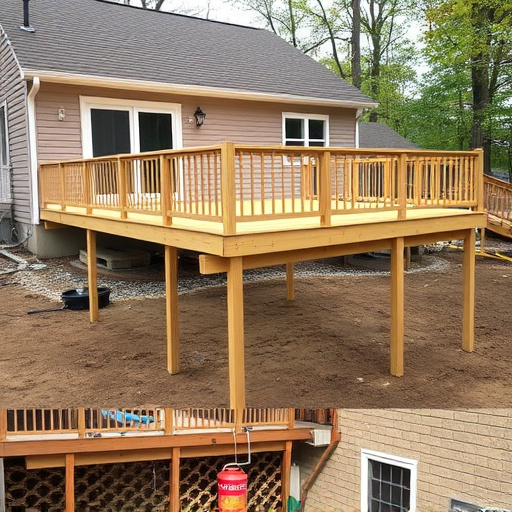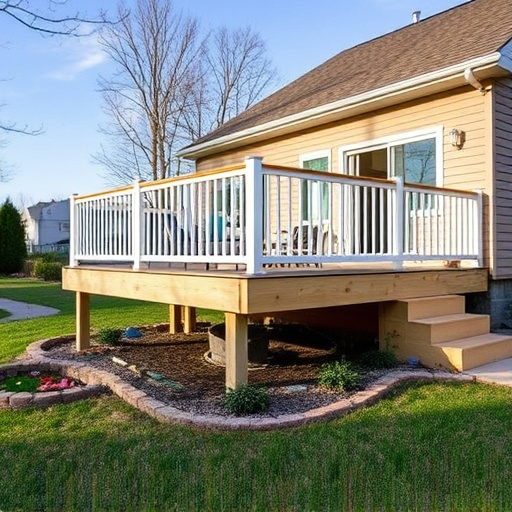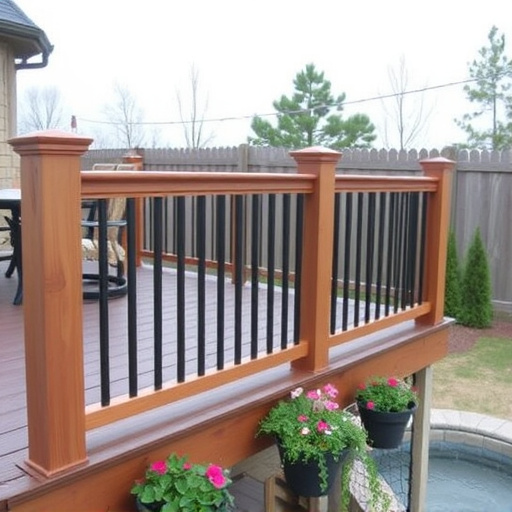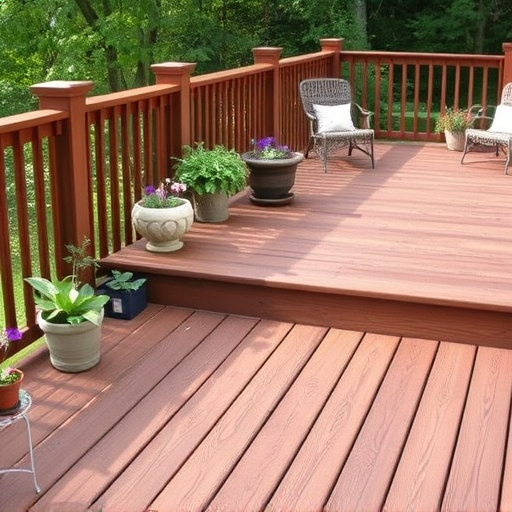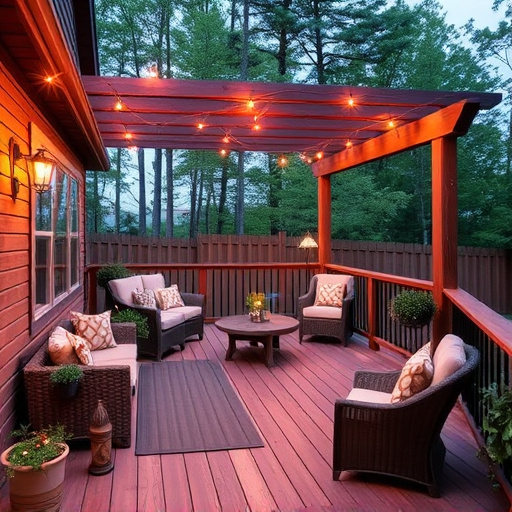To design a patio deck that complements your home's architecture, start by identifying its unique style (e.g., modern, Victorian, farmhouse). Integrate materials, colors, and patterns that align with your property's aesthetics, focusing on harmony over contrast. Prioritize proportions, scale, and the seamless connection between the deck and your home, potentially addressing storm or roof damage repairs. Choose decking materials (natural wood, treated lumber, composite) and construction techniques (open joist vs. closed stringer) that enhance visual harmony and boost curb appeal.
Planning a patio deck that complements your home’s architecture is essential for creating an inviting outdoor space. In this guide, we’ll walk you through the process of designing a cohesive patio deck, from understanding your home’s architectural style to choosing materials and construction techniques. Integrating your patio design with the overall aesthetics of your home ensures a seamless transition between indoor and outdoor living areas, enhancing both functionality and beauty.
- Understanding Your Home's Architectural Style
- Integrating Patio Design with Overall Aesthetics
- Materials and Construction Techniques for a Cohesive Look
Understanding Your Home's Architectural Style
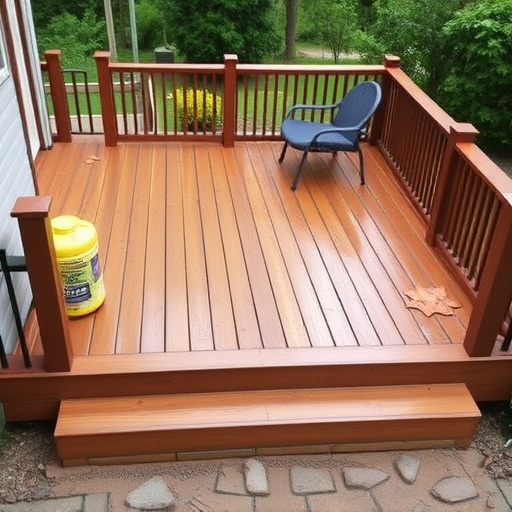
When planning a patio deck that complements your home’s architecture, understanding its unique style is paramount. Take time to observe and analyze the architectural elements of your dwelling – from the roofline and eaves to the overall design aesthetic – to determine the dominant themes. Whether it’s the clean lines of modern contemporary, the intricate details of Victorian, or the rustic charm of farmhouse, each style has distinct characteristics that can guide your deck design.
Knowing your home’s architectural style allows you to make informed decisions about materials, colors, and overall layout. For instance, a patio deck designed for a minimalist modern home might feature sleek, low-profile decking with clean, geometric lines, while a traditional colonial home could be enhanced by a deck with classic wooden spindles and a more ornate design. Incorporating these stylistic elements ensures your exterior home improvements seamlessly blend with the existing architecture, creating a harmonious outdoor living space that enhances the overall allure of your property – think less about contrasting styles and more about enhancing the beauty already present in your home, including any storm damage repair or roof repair needed to preserve its integrity.
Integrating Patio Design with Overall Aesthetics
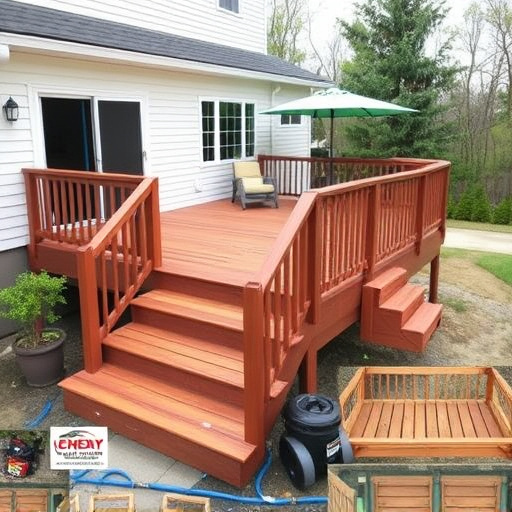
When planning a patio deck, it’s essential to consider how this addition will integrate with the overall aesthetics of your home. A successful patio design should complement and enhance the existing architectural style of your property. This might involve aligning materials, colors, and patterns with your home’s exterior features. For instance, if your house boasts beautiful brick siding, incorporating brick or stone elements into the deck design can create a seamless transition between interior and exterior spaces.
Moreover, paying attention to proportions and scale is crucial. A patio deck should not appear out of place or disproportionate relative to the rest of the home. By aligning the deck’s size and layout with your home’s overall footprint and design, you ensure that it becomes an integral part of the property’s visual appeal, rather than a distracting afterthought. Integrating exterior home improvements like roofing services or siding services can further strengthen this connection, ensuring that your patio deck not only matches but elevates the architectural beauty of your residence.
Materials and Construction Techniques for a Cohesive Look
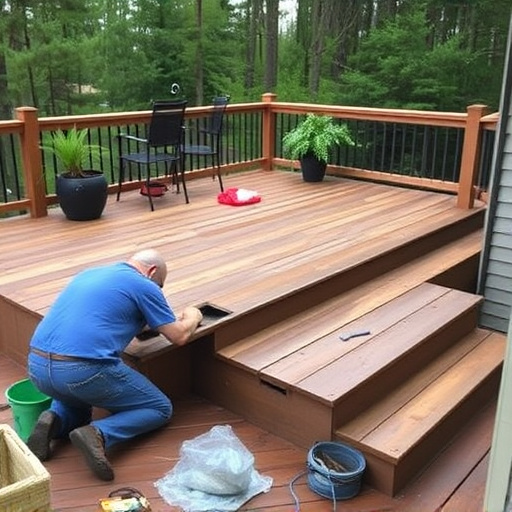
When planning a patio deck that matches home architecture, materials and construction techniques play a pivotal role in achieving a cohesive look. Opting for materials that complement your residential siding is essential. Natural wood, treated lumber, or composite decking options can seamlessly blend with various siding styles, from traditional vinyl to contemporary brick. For instance, dark-stained wood decks can enhance the warmth of a Craftsman-style home, while lighter tones might better suit a modern, minimalist design.
Consider the deck’s construction methods as well. Open joist or closed stringer designs offer structural advantages and aesthetic appeal. Open joists, with their visible support beams, add a rustic charm, whereas closed stringers provide a cleaner look. Incorporating these details in consultation with a roof consulting expert can ensure your patio deck not only matches the home’s architecture but also enhances its overall curb appeal, even addressing any necessary siding repairs along the way.
When planning a patio deck that matches your home’s architecture, understanding its unique style is key. By seamlessly integrating design elements and choosing materials that complement your home, you can create an outdoor living space that enhances overall aesthetics. Utilize the right construction techniques to ensure durability and a cohesive look, making your patio deck a functional and beautiful addition to your property.


